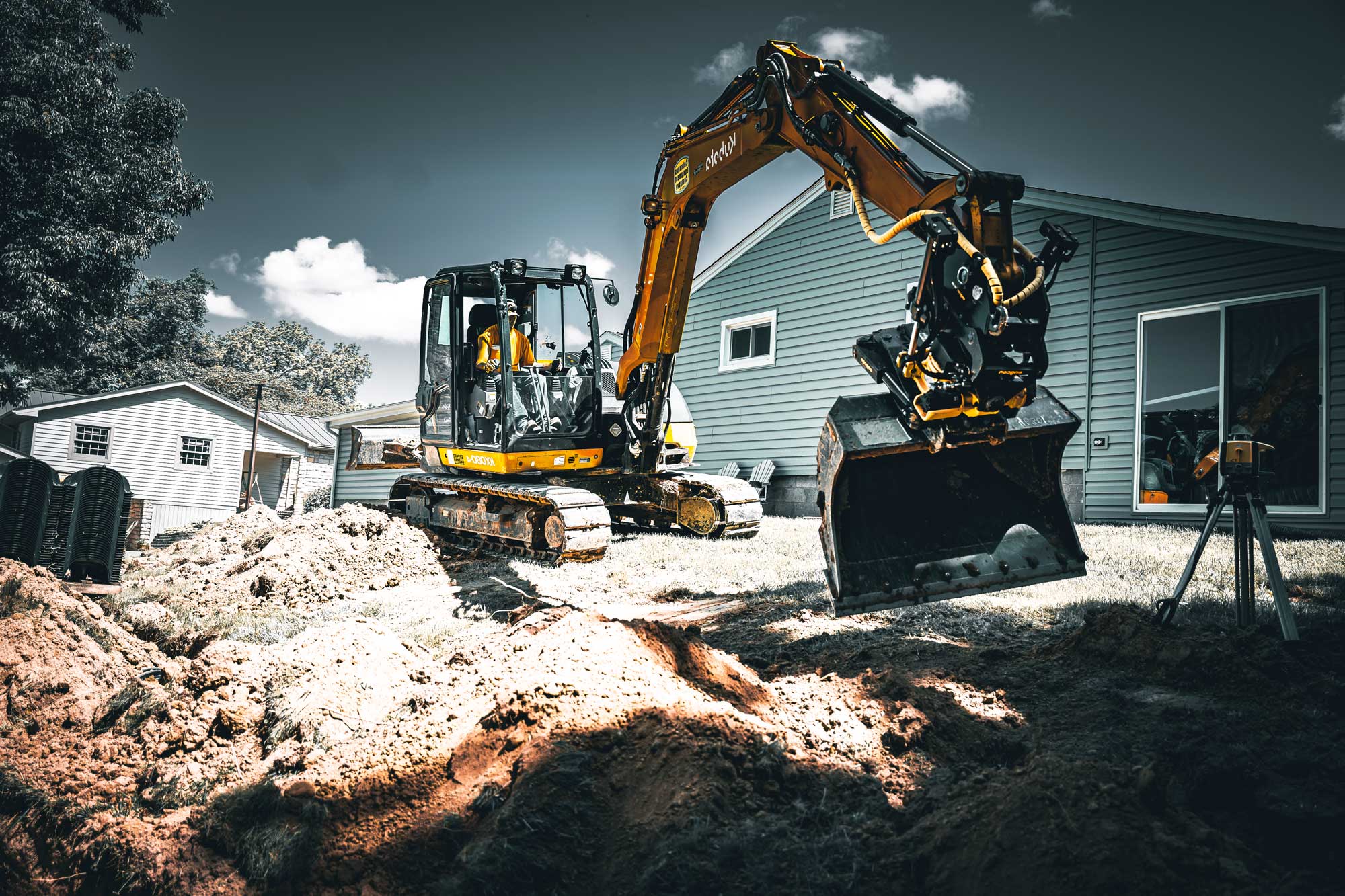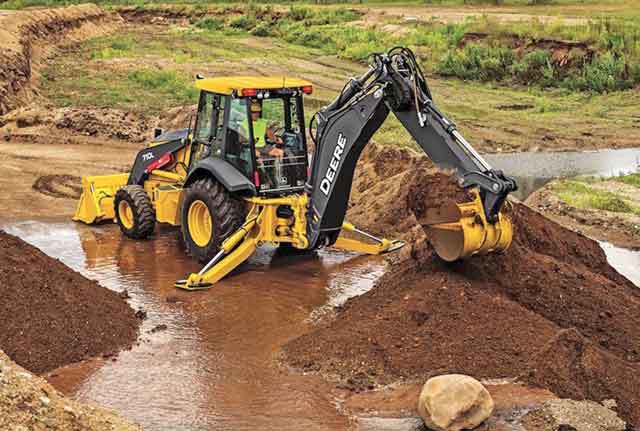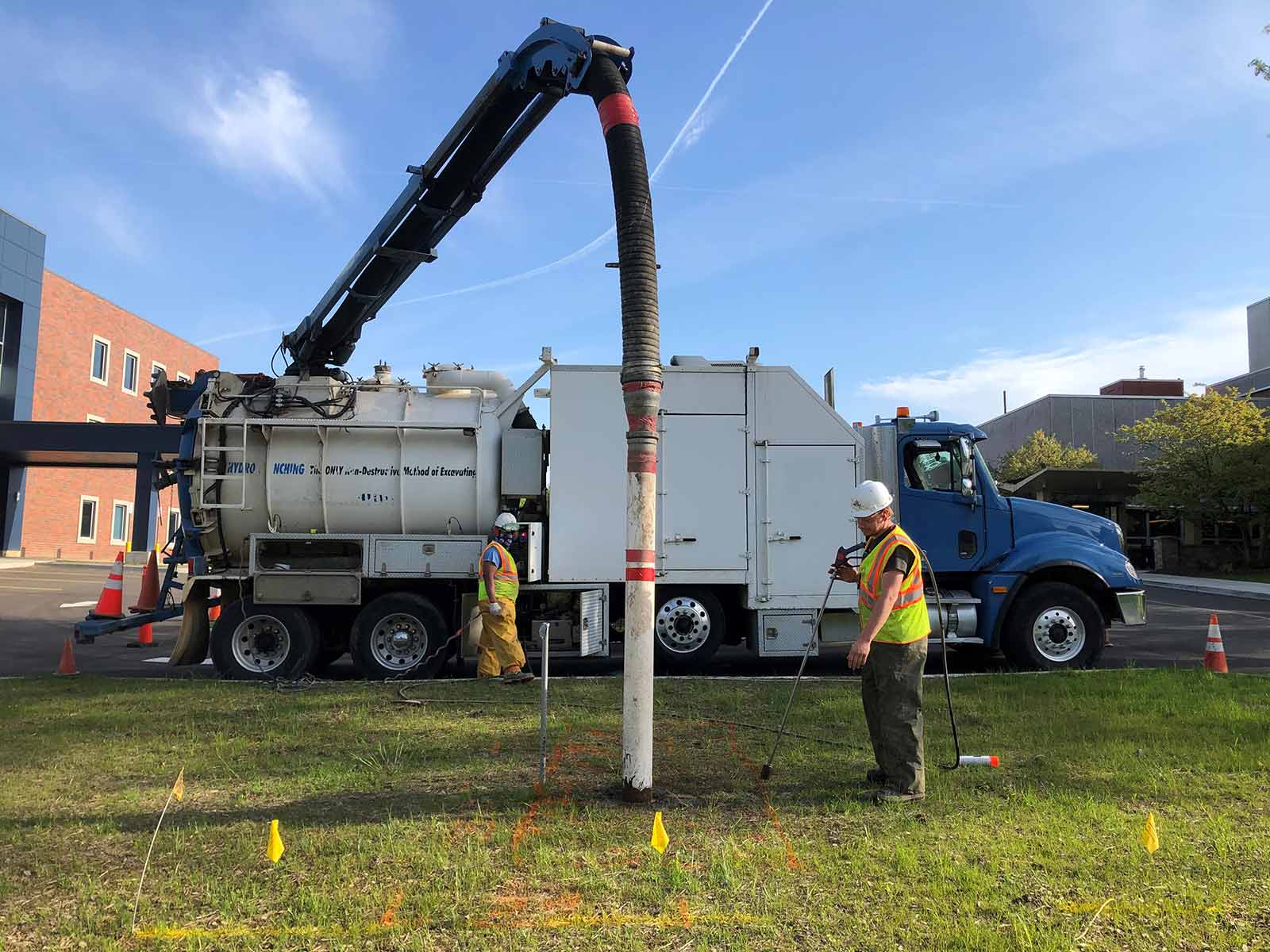Lancaster Trenching - Professional Trenching Solutions in Lancaster, Ohio
Lancaster Trenching - Professional Trenching Solutions in Lancaster, Ohio
Blog Article
Introducing the Art of Excavation: Pro Tips for Safe and Productive Excavating
As dirt is turned and planet is relocated, the ins and outs of excavation reveal themselves, requiring a keen understanding of devices, dirt structure, safety and security procedures, and ecological considerations. The know-how required to browse these aspects efficiently can suggest the difference between a successful excavation task and a prospective calamity.
Relevance of Appropriate Devices
To ensure the safety and effectiveness of any type of excavation job, using the ideal tools is paramount. Excavation projects vary in scope and complexity, varying from little property landscape design work to large building and construction tasks.
These functional equipments come in different sizes to suit various job demands. Small excavators are optimal for smaller jobs, while bigger excavators take on much more substantial projects successfully.
In addition to excavators, other important equipment consists of dump vehicles, excavators, and plates. Discard trucks are crucial for eliminating and carrying excavated materials, while trenchers are made use of for digging deep and narrow trenches. Excavators stand out in jobs that need pushing huge quantities of soil or debris. By investing in the appropriate devices, excavation tasks can be completed safely, on schedule, and with accuracy.
Comprehending Soil Composition
A comprehensive understanding of soil make-up is essential for performing excavation tasks with precision and safety. Understanding the different kinds of soil is vital as it directly affects excavation methods, devices selection, and total job effectiveness. Soil composition normally consists of 4 main components: sand, silt, clay, and raw material. Each element has one-of-a-kind residential properties that influence how soil reacts to excavation processes.
Silt fragments are smaller sized than sand however larger than clay, supplying modest drain and cohesion. Organic issue, such as rotting plant material, influences soil fertility and stability.
Prior to beginning excavation, carrying out soil examinations to identify its composition and qualities is necessary. This info helps in picking the suitable equipment, applying security measures, and creating excavation methods tailored to the certain soil problems - excavating ohio. By recognizing dirt composition, excavation experts can enhance task results while ensuring security and adherence to best techniques
Precaution and Protocols
Comprehending soil structure is the cornerstone whereupon precaution and procedures for excavation projects are constructed, guaranteeing the well-being of workers and the success of the undertaking. There are several essential procedures that must be applied to mitigate dangers and stop crashes. when it comes to safety during excavation.
Firstly, before any type of excavating starts, a complete evaluation of the site must be performed to recognize any kind of potential hazards such as below ground energies, unstable soil conditions, or nearby structures that could position a risk. It is vital to have an experienced person oversee the excavation process to guarantee that all security protocols like this are complied with strictly.
In addition, all workers included in the excavation has to be appropriately learnt risk-free excavating practices and the appropriate procedure of equipment. Personal safety tools (PPE) such as tough hats, high exposure apparel, gloves, and safety and security boots ought to be worn in any way times to decrease the threat of injuries. lancaster trenching. Routine security conferences and tool kit talks must additionally be performed to maintain all employees educated concerning potential hazards and reinforce safe work methods. By sticking to these security actions and methods, excavation tasks can be finished successfully and without case.
Reliable Excavation Preparation
When starting an excavation job, precise planning is necessary to make sure effectiveness, safety, and successful end results. Efficient excavation planning entails numerous crucial actions that are vital for the smooth implementation of the job. The very first step is to carry out a detailed website evaluation to recognize any type of potential hazards, such as below ground utilities or unpredictable dirt conditions. This details is essential for establishing a detailed excavation strategy that includes safety measures and take the chance of reduction Extra resources techniques.
When the site evaluation is complete, the following step is to develop a clear timeline and timetable for the excavation activities. This consists of establishing the series of tasks, devices needs, and manpower allowance. Correct scheduling assists prevent hold-ups and ensures that the job remains on track.

Additionally, interaction amongst all staff member is vital during the planning phase. Clear directives, normal updates, and effective control are important for an effective excavation task. By investing time and initiative in thorough planning, excavation groups can significantly enhance productivity, minimize risks, and achieve successful outcomes.

Handling Environmental Factors To Consider
With boosting emphasis on ecological sustainability in building practices, taking care of ecological considerations has actually ended up being an important facet of excavation jobs. Excavation activities have the possible to affect the surrounding setting with soil disintegration, debris overflow, habitat disturbance, and contamination of water sources. To minimize these dangers, it is necessary to carry out best techniques that prioritize environmental management.

Moreover, proper waste administration is vital to stop soil and water contamination. Carrying out treatments for the disposal of harmful products, recycling of waste materials, and reducing making use of hazardous chemicals can substantially lower the ecological influence of excavation tasks. By incorporating these methods into excavation planning and execution, construction firms can ensure that their projects are not just secure and effective however additionally ecologically accountable.
Conclusion
In conclusion, understanding the art of excavation calls for a detailed understanding of correct devices, soil make-up, security steps, and efficient planning. By adhering to these standards and taking into consideration environmental factors, excavations can be performed safely and efficiently. It is essential to focus on security and productivity in every digging task to make sure successful outcomes.
As dirt is turned and planet is relocated, the ins and outs of excavation disclose themselves, requiring an eager understanding of equipment, dirt structure, safety procedures, and environmental factors to consider.To make sure the safety and performance of any type of excavation task, utilizing the ideal equipment is extremely important.An extensive understanding of soil make-up is essential for executing excavation jobs site web with accuracy and safety. Recognizing the different types of dirt is crucial as it straight impacts excavation approaches, devices option, and overall job performance. By understanding soil composition, excavation specialists can enhance job outcomes while making certain security and adherence to finest techniques.
Report this page